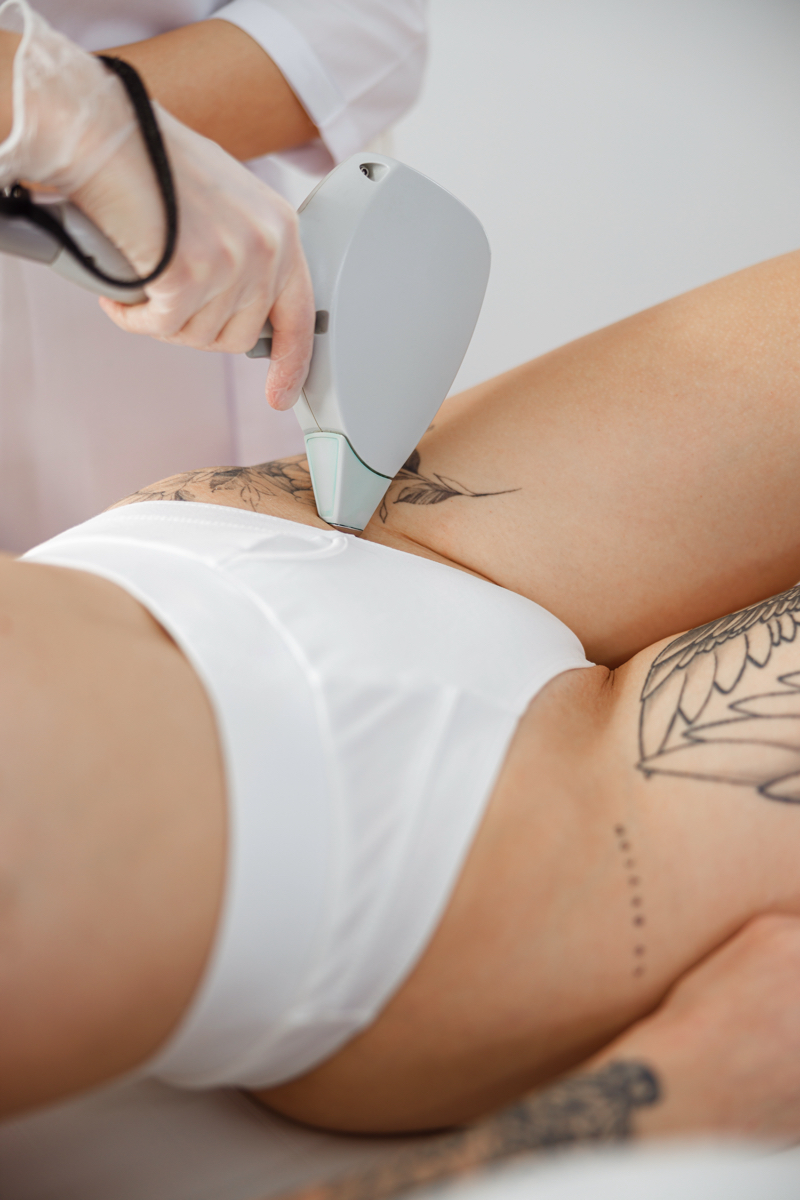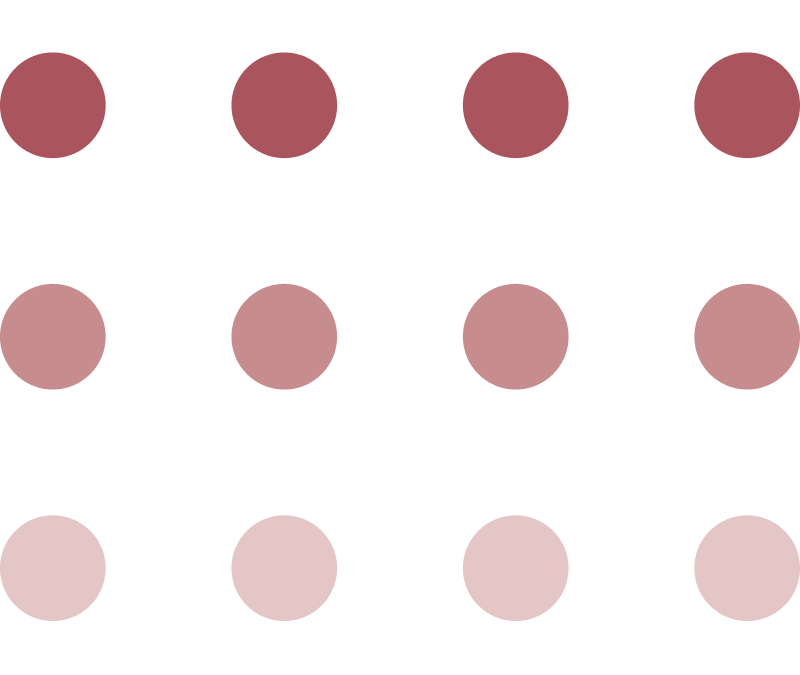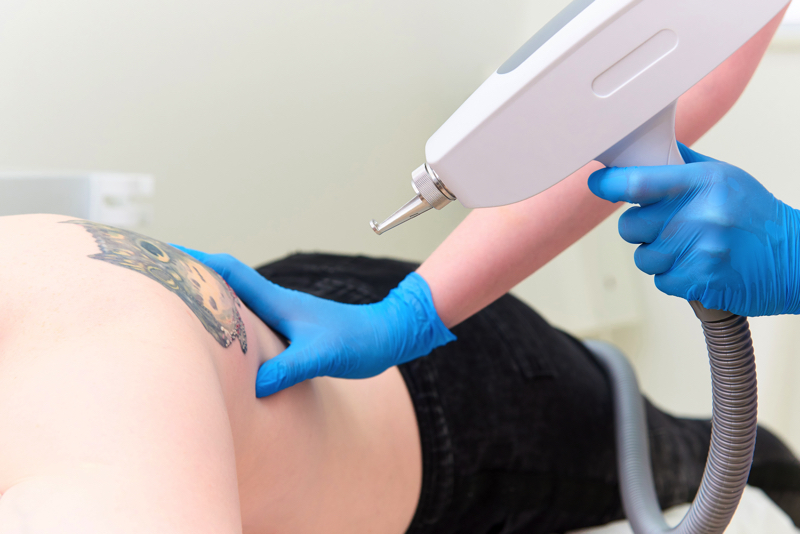Laser Tattoo Removal
Tattoo removal lasers shatter the pigment of the tattoo, which is dispersed through the skin and carried away by cells of your own immune system.
About the Treatment
The Q-Switched laser has produced the best results. Q-Switched means that the laser is very quickly pulsed this is why it is able to dissolve the tattoo ink without destroying the skin. Photo Derm or multi light systems may fade the tattoo but will almost certainly leave a scar because the pulse duration is too long which in turn will cause thermal damage to the surrounding skin. The only visible damage is absorbed by the ink.
There are many factors involved in laser tattoo removal, the physician must understand these parameters in detail. Most amateur tattoos are removed in 1 to 4 treatments scheduled about 4 weeks apart. Removing a professionally applied tattoo is usually a fading process that requires a series of treatments spaced approximately 8 weeks apart. Professional tattoos usually require 6-10 treatments for complete clearing. Costs range between $250 – $500 per session.



Good Candidates
A good candidate for tattoo removal in a timely fashion without scarring is medium to fair skin, dark but not dense ink(black/brown), superficial depth of ink and the preferred locations are the arm, chest, buttocks, anywhere with good circulation. Medium or fair skin patients react well because the light will be able to selectively target the ink instead of the dark skin. Dark ink that is not dense is favorable because the light is more attracted to darker colors so darker ink is fragmented better than yellow ink. Density is also a factor, the more ink, the more there is to fade. Superficial ink is also favorable because it is closest to the surface of the skin so the laser doesn’t need to penetrate so many skin layers to get to it. Results are quicker. Areas such as the arm or chest have more blood flow and are a better vehicle for the immune system which is what removes the ink. Areas such as the ankle or fingers have poor circulation.
Q-Switched Lasers
The three types of Q-Switched lasers used for tattoo removal are : Q-switched Ruby (red light), Q-switched Yag (infrared & green light) and Q-switched Alexandrite (Purple/red light). Each respond differently to different colors of ink. Light is absorbed by opposite colors and reflected by its own color. Darker tattoos are easier to remove usually because they absorb the light better. A ruby laser (694 NM) produces a red light. A neodimiun yag (1064NM) produces infrared or can be switched to a different mode whereas the frequency is doubled to produce a bright green light (532NM). An Alexandrite laser (755NM), produces a purple/red light. Because light is absorbed by its opposite color and reflects its own color it is necessary to use a green light to remove red ink as it is necessary to use red light to remove green ink. The color of a tattoo will determine what laser or a light color is necessary to dissolve and remove a tattoo. The depth & density of the ink is probably the biggest determining factor involved in successfully removing a tattoo. After each treatment the laser fragments more ink and a penetrates a little deeper into your skin, blistering and scabbing often follow. Some tattoos disappear in one treatment, and others requiring 12 or more treatments for complete removal. Taking care of the treated area is the most important factor in removing a tattoo without a scar. Post laser treatment will determine the success rate. The technician using the laser can not regulate the speed of the fading process. The more energy used the greater the tissue damage thus trapping more ink. It is better to allow the technician to treat more conservatively than aggressively, allowing the surrounding tissue to relax in the weeks following the treatment.
Consult a Physician

Always consult with your health care provider before applying any product, adding any substances to your diet, or making any lifestyle changes.
Locate a Cosmetic, Plastic, or Laser Surgeon Near You!
Copyright © 2026 LaserTreatments. All Rights Reserved.
